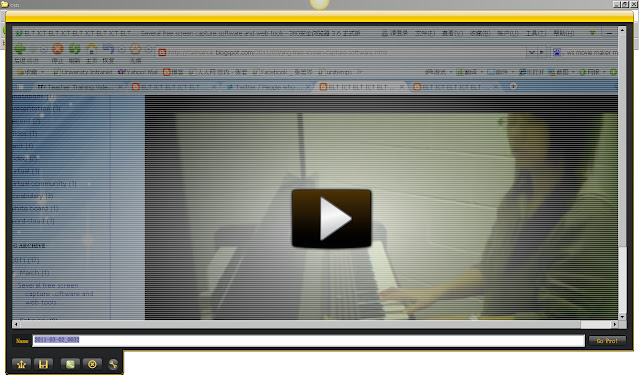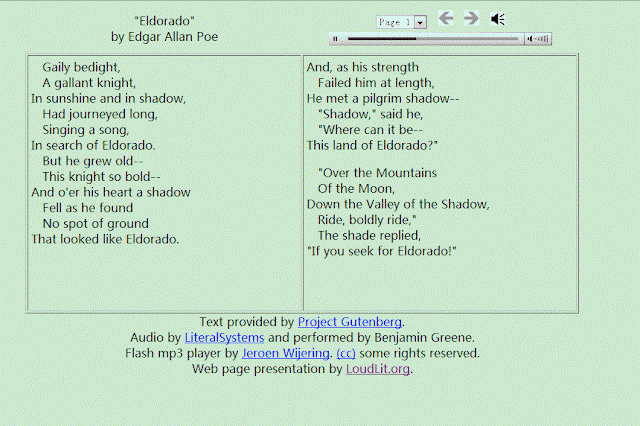The virtual world Second Life!!!
It looks like a game, but it is more than a game!!
What to know about it, and the use of it in English language teaching practice, see the following presentation.
(the presentation is made by G. Ti and Carina on Feb, 28, 2011.)
Disscusion about Second life from Carina's MA course:
Russell: Why are there not more people using it for language learning?
George: It's time-consuming
Joyce: I think maybe Second Life is not properly introduced to students. Some students may have bias against games for learning
Jean: There are probably technical problems. And it seems that learners have to spend a lot of time being familiar with the functions.
Jessie: Is not that easy to operate. When students try to use this to learn, first they need to learn how to operate the tool.
Jingjing: technique problems, eg. i tried hundred times and still can't log into it
Carina: 1.network connection inconvenience. 2. too much distraction by other activities. 3. hard to control at the begining 4. bad words environment
Costas- Maria: inexperienced teachers concerning second life
Khadiga: I think it needs more technology training
George: Most of the time people just roam in the virtual environment. They are not aware of the opportunities for language learning.
Costas- Maria: tiring for eyes
Jenny: Possibly difficult to operate it at the very beginning; they doubt whether it is a good way to study English, it is quite new.
Jean: Teachers might be technophobia. And if it is not user-friendly, the teachers might be just back off.
Khadiga: and it takes time for students to learn how to use it
Jessie: SL requires the highe quility in network. It will be really frustrated to wait
Jean: Need good instructions
Costas- Maria: you re not sure about the real identity of avatars
Russell: Why is Second Life so suited to Language Learning?
George: Opportunities for "authentic" interaction
Costas- Maria: purpose: communicate in English
Joyce: It's virtual world! Every word can be directly linked to an real object
Jean: Social interation in daily life English
George: Voice=speaking/text=written discourse
Khadiga: It gives an opportunity for real lif communication
Costas- Maria: reali life-situations and context
Jenny: purpose of communication
Jean: Motivation for learning a new langauge
George: Simulation of contexts
Jessie: avoid being nervous in real life
Jenny: English acquisition rather than learning
Carina: real and authentica "Communicative language learning"
Costas- Maria: opportunities to come together with other people and visit other places - self-discovery
George: Autonomy
Jingjing: interesting than classroom
George: Is is a game -games are motivating
Joyce: Students can reherse the expressions before they are really involved in the real situation. This can also motivate students and give them confidence in using languages
Jean: If the tasks an
Costas- Maria: extra practice out of classroom - expansion of classroom at home
Jessie: improve learning ability and experience the new authentic way of learning
George: you can meet native speakers
Costas- Maria: discover things that in real life you cannot - e.g exploring the oceans
Jean: If the tasks are designed well, learners can learn a real communication with a specific purpose
Costas- Maria: make new friends
George: machinimas could help in practice


























